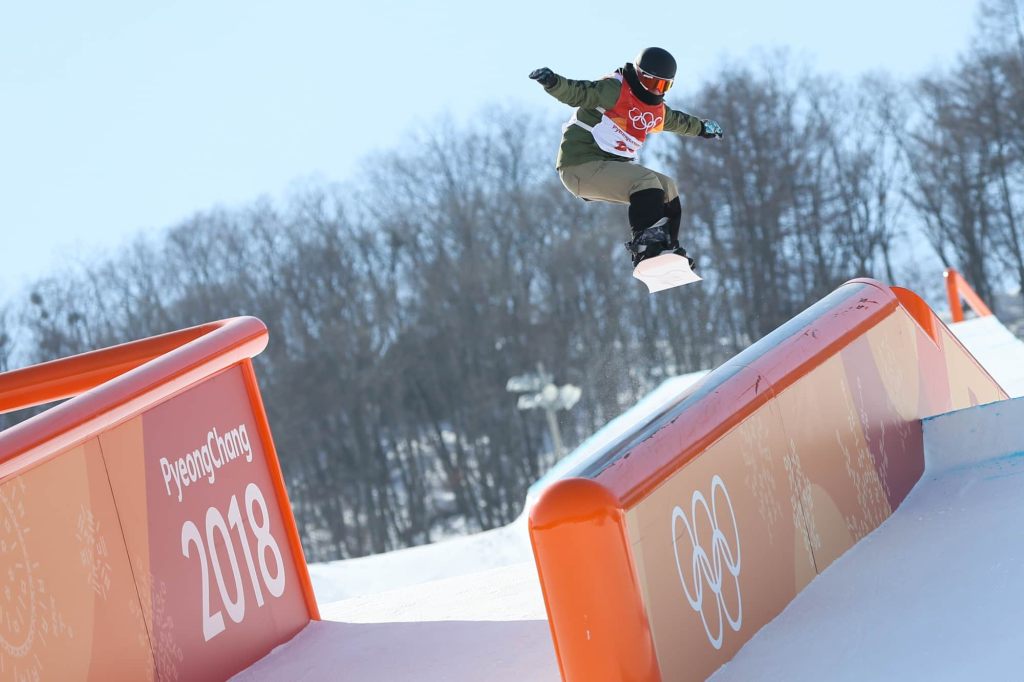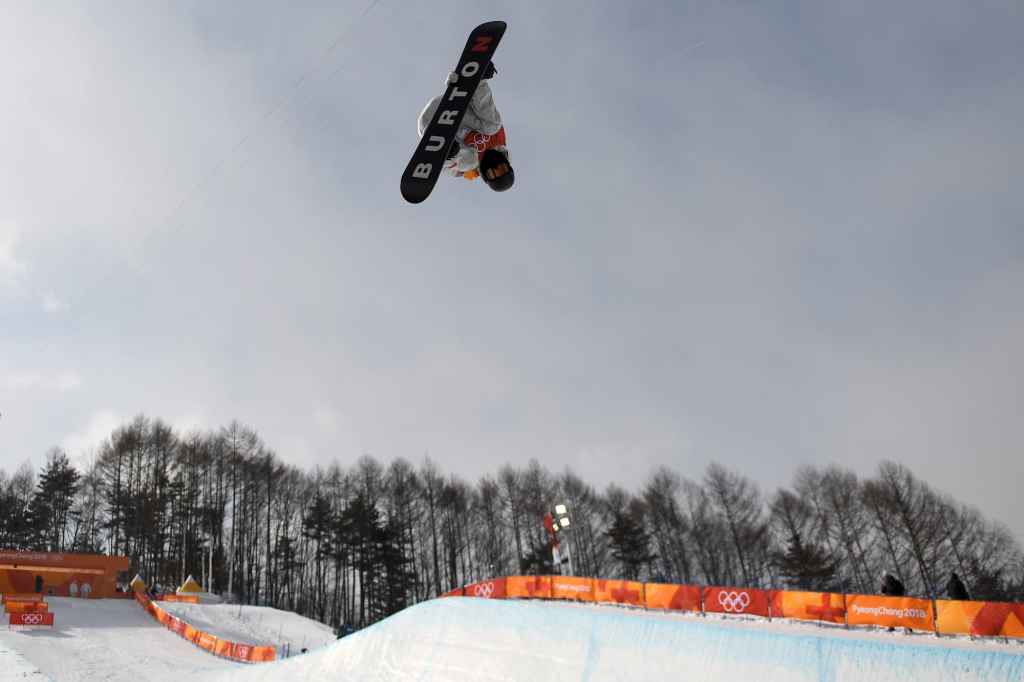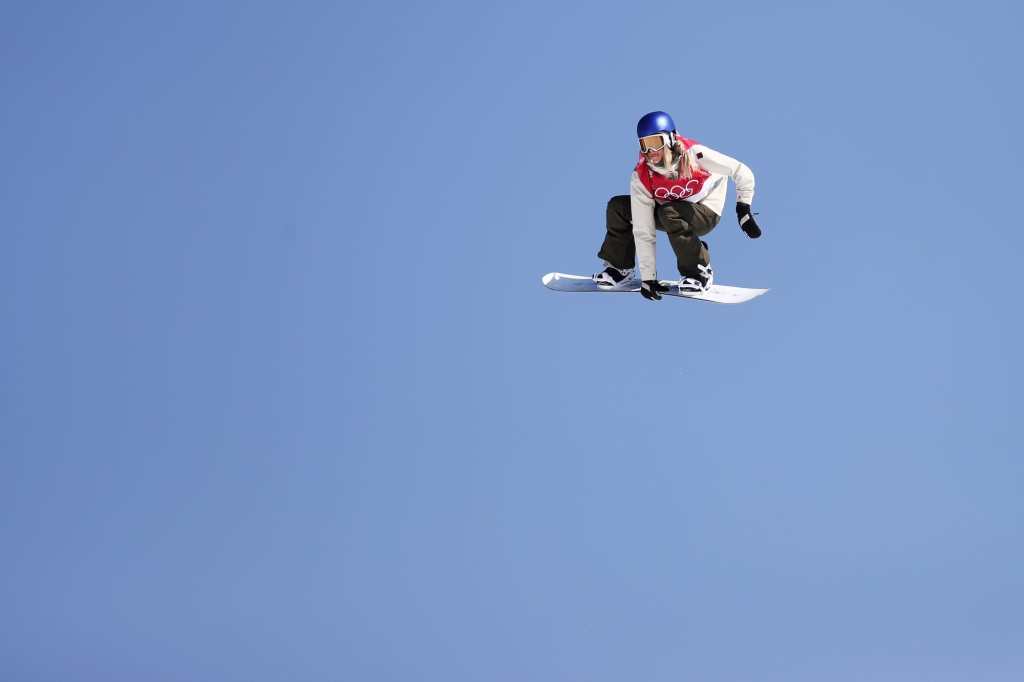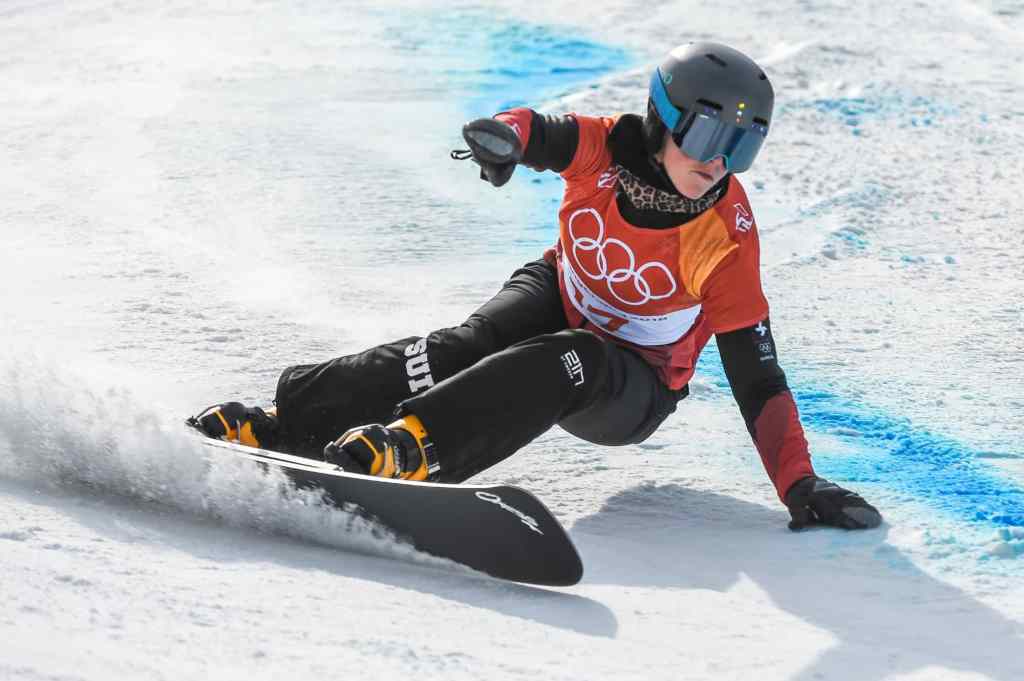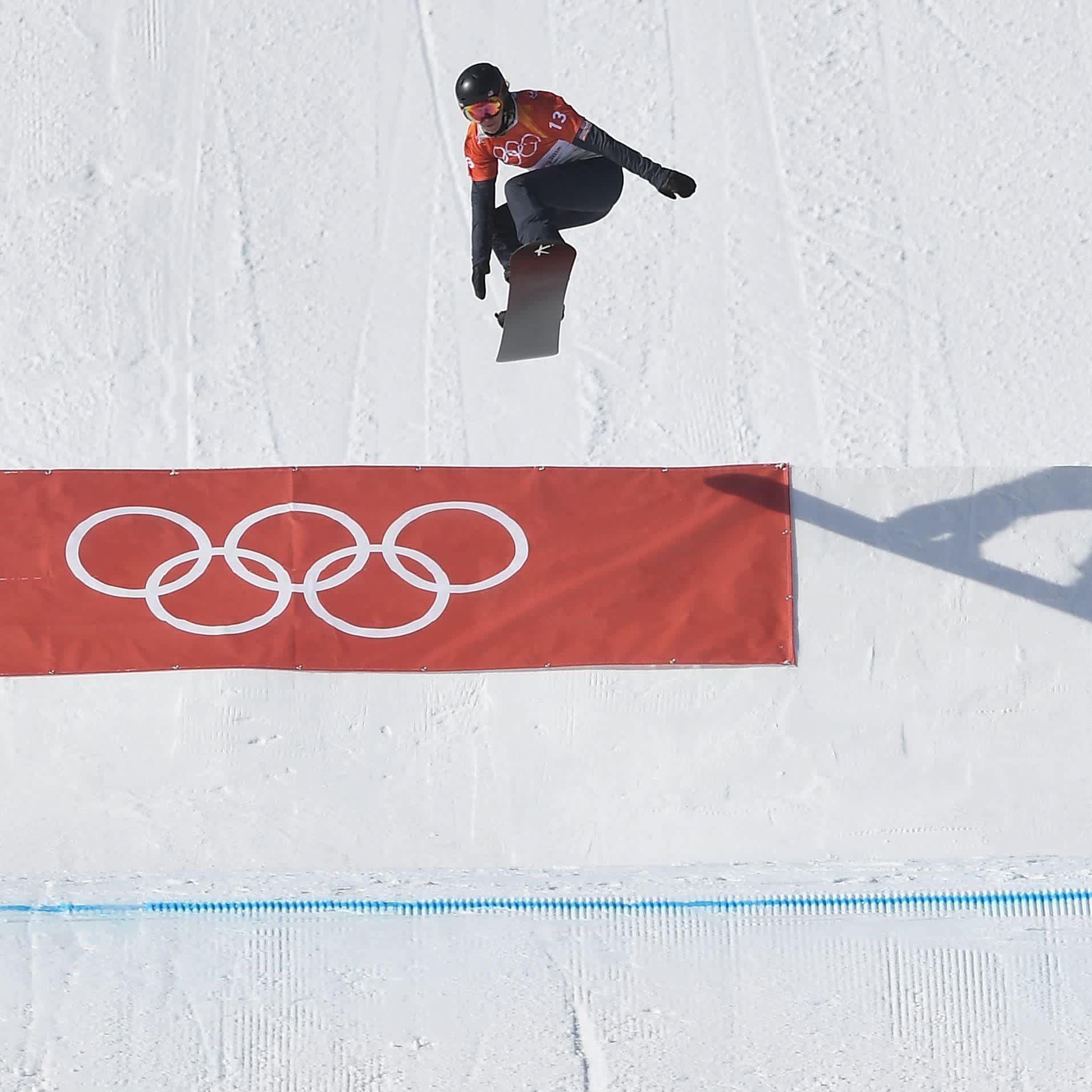
- POPSUGAR Australia
- Fitness
- A Complete Guide to How Olympic Snowboarding Is Scored, Just in Time For the Beijing Games
A Complete Guide to How Olympic Snowboarding Is Scored, Just in Time For the Beijing Games

When the 2022 Winter Olympics kick off in Beijing, they’ll be home to 11 separate snowboarding events: five different disciplines for both men and women, and one mixed team event. Each of these events – big air, slopestyle, parallel giant slalom, halfpipe, and snowboard cross – require different techniques and skill sets. They also have unique systems for determining the winners, some based on scores given by judges and others based purely on time. For a casual viewer, it can be a bit confusing! Fortunately, we’ve broken down how each snowboarding discipline is scored in the slides ahead, so you can watch the Games like a pro this year.
How Is Slopestyle Scored?
Slopestyle is one of the more complicated snowboarding events, from a judging perspective. According to NBC Olympics, a panel of nine judges is divided into four groups for this event: three pairs, each of whom judge tricks on an assigned portion of the course, and one group of three who evaluate the overall run. Sixty percent of the final scores – which are out of 100 – are based on trick scores, and the other 40 percent is based on “overall impression.” Judges evaluate the following:
- Amplitude: This is a measure of the height or distance traveled, and having both too little or too much amplitude for a skill can be penalized.
- Difficulty: There are several different ways to make a trick more “difficult.” Rotations and inverts help boost a skill’s difficulty level, as do variations like spin directions or unique grabs.
- Variety: Athletes should mix it up, both in terms of the tricks they choose to do and how they choose to perform them.
- Execution: Control, stability, and fluidity are all key components here – it’s about the quality of the performance.
- Progression: Under this category, athletes are rewarded for trying tricks no one else has done before, as well as for connecting skills in a way that’s unique to them.
How Is Snowboard Halfpipe Scored?
In halfpipe, athletes perform a variety of big tricks over a long stretch of curved ramp. According to NBC Olympics, the scoring system is pretty straightforward. A panel of six judges evaluate each run, scoring the run on a scale from 1 to 100. The highest and lowest scores are dropped, and the remaining four are averaged for each run. However, there aren’t rigid requirements for how each run will be scored, which means athletes are typically judged relative to how others have performed that day. That being said, the same criteria – amplitude, difficulty, variety, execution, and progression – are taken into consideration when evaluating a run.
How Is Snowboard Cross Scored?
If you love pure chaos, then snowboard cross is the sport for you! Instead of a formally judged competition, up to six athletes head down a course at the same time, navigating jumps, turns, and other obstacles while trying to avoid collisions. Time is the name of the game here – the fastest athletes continue to advance until the final round of the competition, where the first athletes across the finish line receive a medal.
How Is Snowbard Big Air Scored?
Big air, as the name suggests, focuses on airborne tricks and jumps. According to NBC Olympics, a panel of six judges evaluates each run, with each judge scoring the run between 1 and 100. The highest and lowest scores are discarded, and the remaining four are averaged for the run score. Unlike other snowboard disciplines, big air consists of one enormous jump, instead of several tricks strung together. Judges evaluate jumps based on the following criteria:
- Difficulty: As in other disciplines, there are several ways to make big air tricks more “difficult,” including more rotations and unique grabs. Doing tricks other riders aren’t doing will be also be rewarded.
- Execution: This category rewards great control throughout the run, including long, steady holds during tricks.
- Amplitude: These massive jumps can be risky, which means that athletes should get the right amount of height and distance (never too little or too much) to land a skill properly and safely.
- Landing: The landing is important for big air athletes. Judges will look for how well-controlled the landing is, as well as whether or not the trick is fully completed before landing.
How Is Snowboard Parallel Giant Slalom Scored?
Parallel giant slalom involves two riders going down a giant slalom course – those long, sloped courses with flagged “gates” to mark turns – at the same time. Aside from disqualifying actions, such as deliberately interfering with a competitor’s run or passing through the wrong gate, there’s no judging involved. Instead, as in snowboard cross, the first to the finish line wins.


